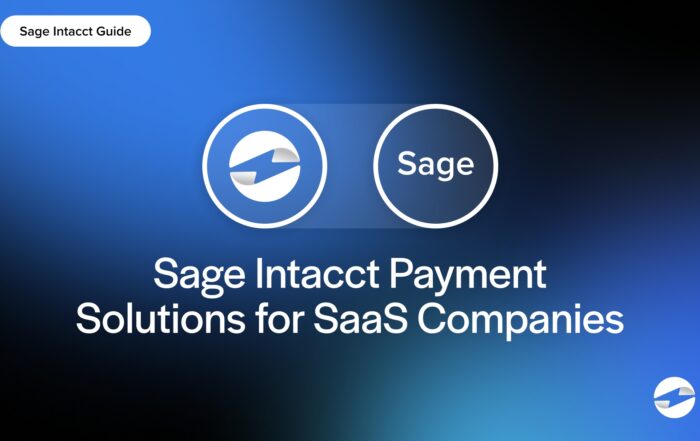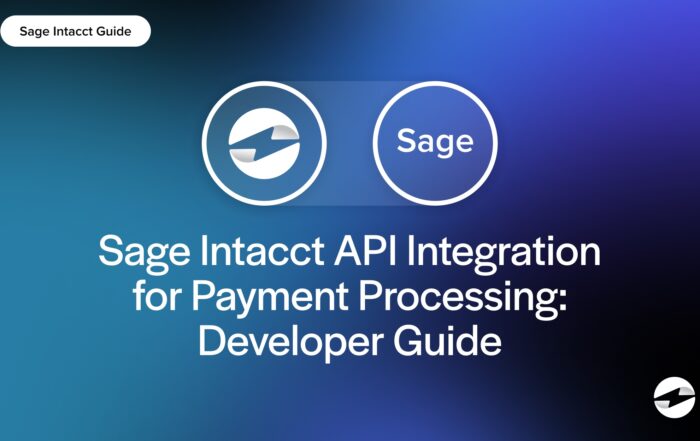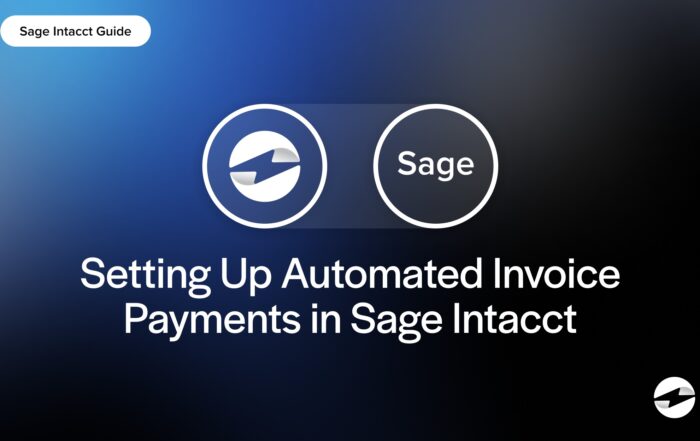What is amortization?
Amortization is the process of paying off a debt or spreading out the cost of an intangible asset over time. In finance, it’s most commonly associated with loan repayments—each monthly payment includes both interest and a portion of the principal, slowly reducing the balance to zero by the end of the term. Amortization also refers to expensing intangible assets like software, trademarks, or goodwill over their useful life in accounting.
Suppose a business takes out a $50,000 loan with a five-year term. In that case, the loan is amortized through monthly payments that gradually shrink the principal until it’s paid off entirely.
Key Points
- Amortization is the process of paying off loans or spreading the cost of intangible assets over time.
- Loan amortization uses fixed payments that include interest and principal, calculated using a standard formula or payment schedule.
- Unlike depreciation, which applies to physical assets, amortization is used for intangible assets like software or trademarks.
How to calculate amortization
Calculating amortization for a loan involves using a formula or amortization schedule that factors in:
- Loan amount (principal)
- Interest rate
- Loan term (in months or years)
- Payment frequency (usually monthly)
- You can use this standard amortization formula:
A = P × ((r(1 + r)^n) / ((1 + r)^n – 1))
Where:
- A = monthly payment
- P = principal loan amount
- r = monthly interest rate
- n = number of payments (months)
For instance, if you borrow $100,000 at a 5% annual interest rate for 10 years, your monthly payments would be about $1,060. You can also use online amortization calculators or even ChatGPT to generate a full payment schedule showing how each payment reduces the loan balance over time. In most cases, you can also pay above the minimum to help pay off the loan faster and reduce the total interest paid over time.
When it comes to intangible assets, accountants calculate amortization by dividing the total cost by the asset’s useful life. A $20,000 software license with a five-year life would be amortized at $4,000 per year. This means that the software’s book value will decrease by $4,000 annually until it is valued at $0. An item can still work past its useful life but may no longer provide an economic benefit. To get an idea of this the Federal Aviation Administration has equipment that’s 50 years old, according to a 2024 GAO report. These assets probably reached the end of their useful life a long time ago and are now just becoming clear examples of equipment well past their lifespan. Since we’re discussing physical equipment, this situation would be classified as depreciation, not amortization.
Depreciation vs amortization
While both depreciation and amortization are about spreading costs over time, they apply to different types of assets:
- Depreciation is for tangible assets (like equipment, vehicles, or buildings).
- Amortization is for intangible assets (like patents, trademarks, or software).
A company might depreciate a delivery truck over seven years while amortizing a licensing agreement over three.
Both help businesses allocate expenses more accurately and in line with accounting standards.
You May Also Like
Read More
Sage Intacct API Integration for Payment Processing: Developer Guide
Read More
EBizCharge Listed as a 2025 Construction Executive Top Construction Technology Firm
Read More
Read More



